11 Dont’s for Seamless Train Travel in Italy
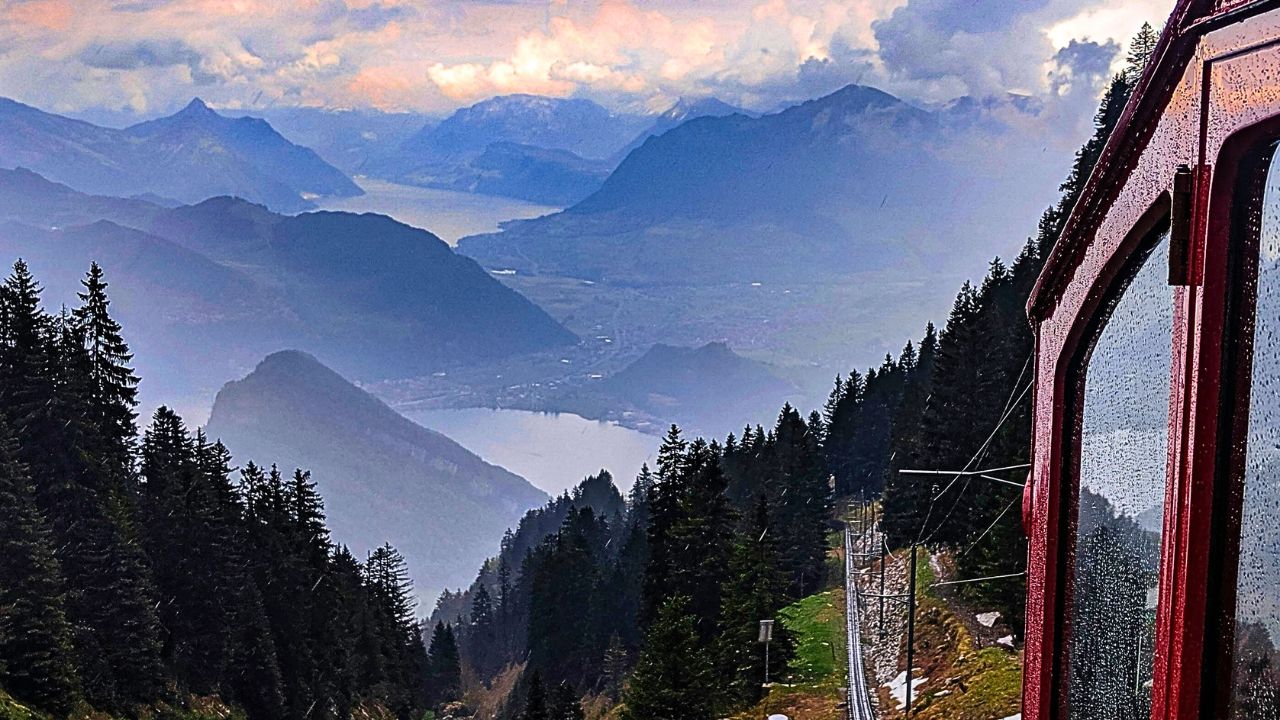
Train travel in Italy can be one of the most rewarding ways to explore the country offering fast, scenic, and surprisingly affordable connections between cities, coastlines, and countryside. But even seasoned travelers can run into trouble if they’re not familiar with how the Italian rail system works. From hidden rules to local quirks, a little know-how goes a long way. Whether you’re hopping between Tuscan towns or heading from Milan to Rome, these tips will save you from headaches. Here are 11 things not to do if you want your Italian train adventure to stay smooth and stress-free.
1. Don’t Forget to Validate Your Ticket
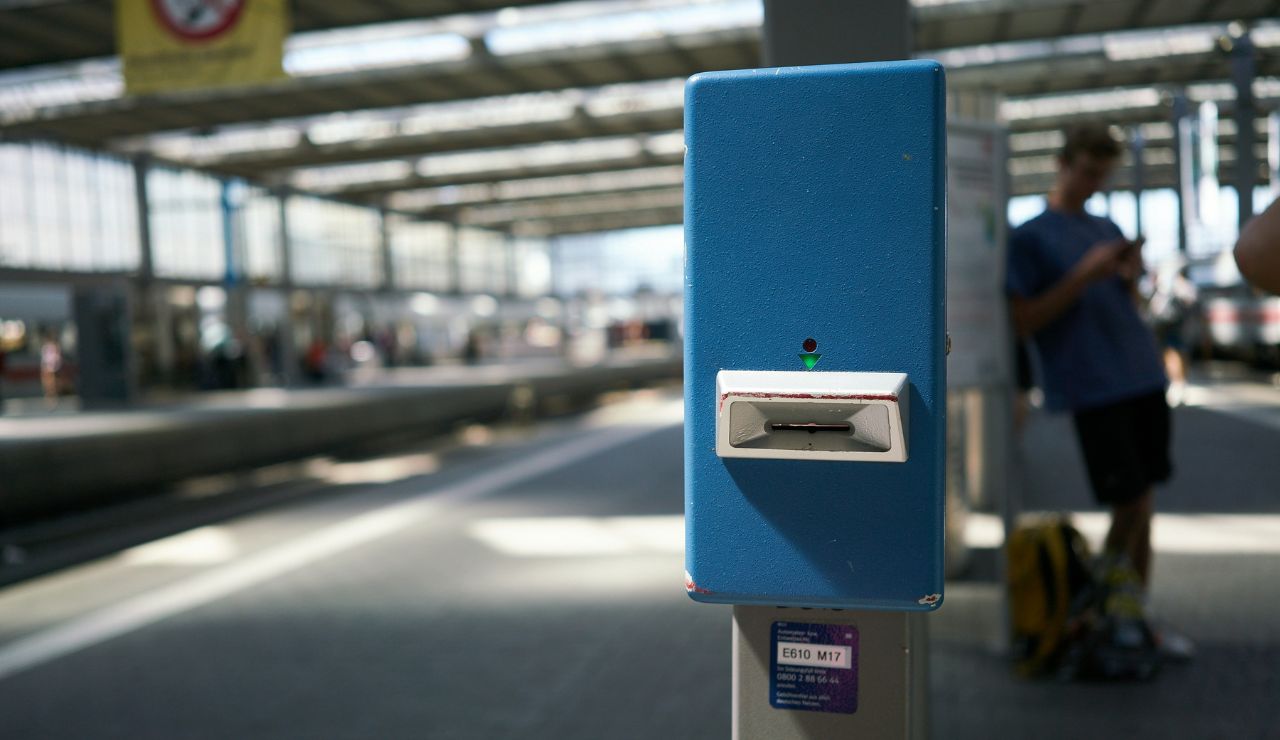
Before you board any regional train in Italy, make sure to validate your paper ticket at one of the small green or yellow machines located near the platforms. It’s easy to overlook, especially if you’re used to digital ticketing, but failing to do so can result in a steep fine even if you already purchased the ticket. The timestamp proves you’re using the ticket for the correct day and time. If you’re using a digital ticket, double-check whether validation is required within the app, especially for regional services. When in doubt, ask a staff member or look for signage to avoid costly mistakes.
2. Don’t Assume All Trains Have Assigned Seats
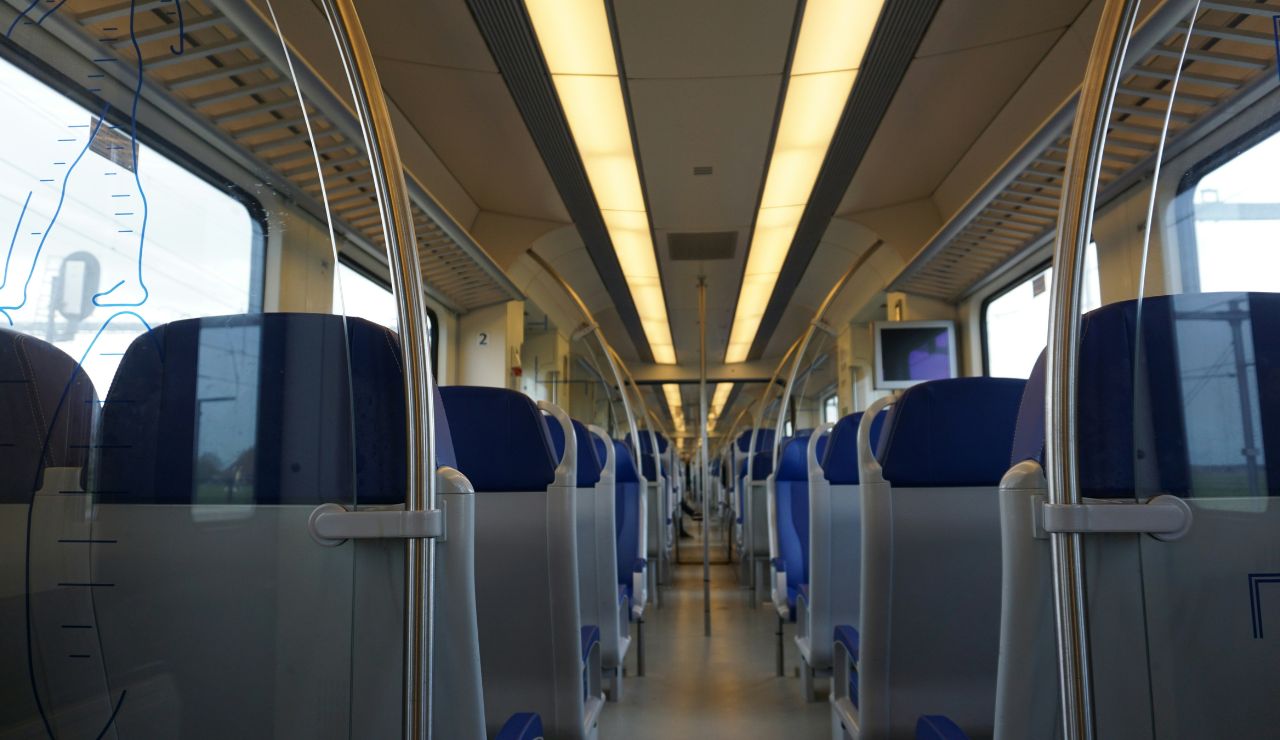
Not all Italian trains operate the same way when it comes to seating. On high-speed trains like Frecciarossa, Italo, or Frecciargento, your seat will be assigned at booking, and you’ll find the car and seat number printed on your ticket. But regional trains work differently, seating is unassigned and entirely first come, first served. Don’t waste time hunting for a specific seat or asking others to move. Just hop on, find an open spot, and settle in. Understanding the difference saves confusion and gives you a better seat.
3. Don’t Rely Solely on English Announcements

While major stations in cities like Rome or Milan may have English signage, smaller stations across Italy often don’t. Announcements over the loudspeakers are typically made only in Italian, which can make sudden platform changes or delays confusing. Always keep your train number written down or saved on your phone, and track it in real time using apps like Trenitalia or Italo. Station boards are your best friend, watch them closely for any updates. If you’re unsure, don’t hesitate to ask a staff member or a fellow traveler for help. A little preparation can save you from boarding the wrong train.
4. Don’t Expect Every Station to Have Elevators or Escalators
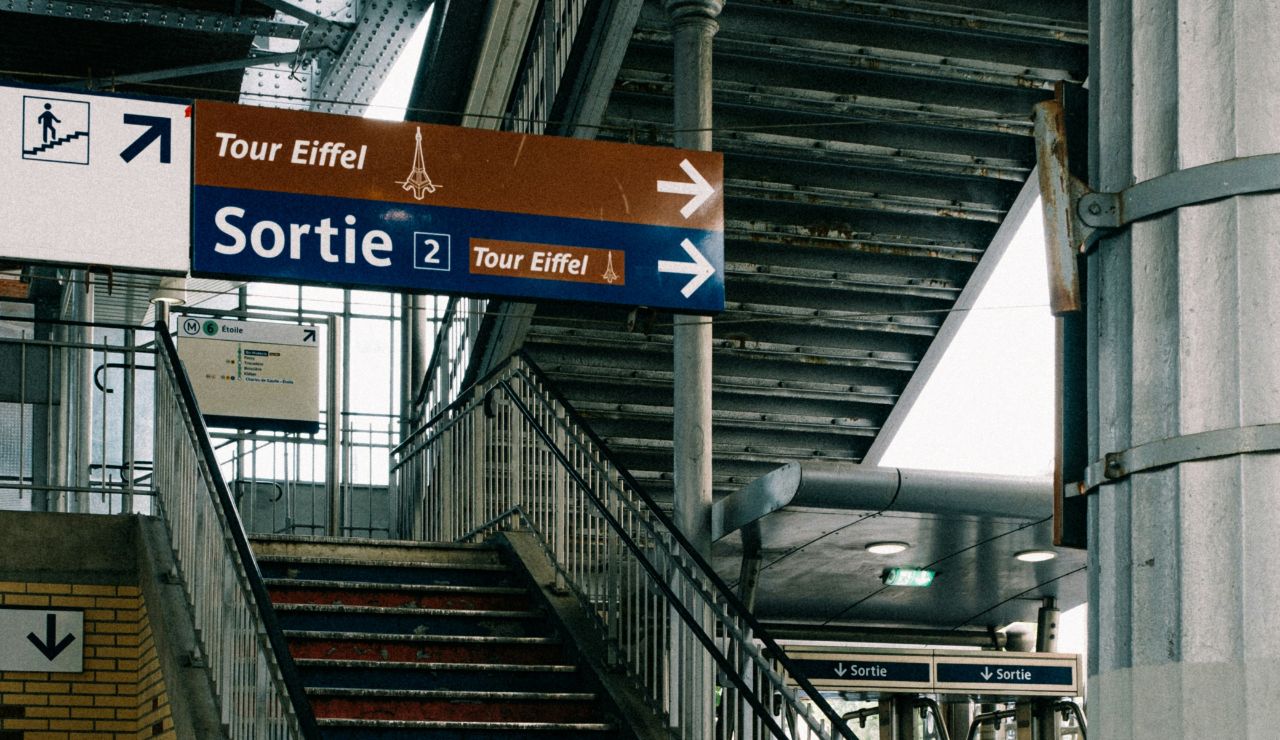
Many smaller or older stations in Italy still lack elevators or escalators, especially in rural areas or along regional routes. This means you may have to carry your luggage up and down steep staircases when switching platforms. If you’re traveling with heavy bags or bulky suitcases, this can quickly become exhausting and even stressful if you’re rushing to catch a connection. To avoid unnecessary hassle, consider packing lighter or using luggage with strong wheels and easy handles. If mobility is a concern, plan ahead by checking station accessibility or choosing routes with more modern facilities.
5. Don’t Book Tickets at the Last Minute During High Season
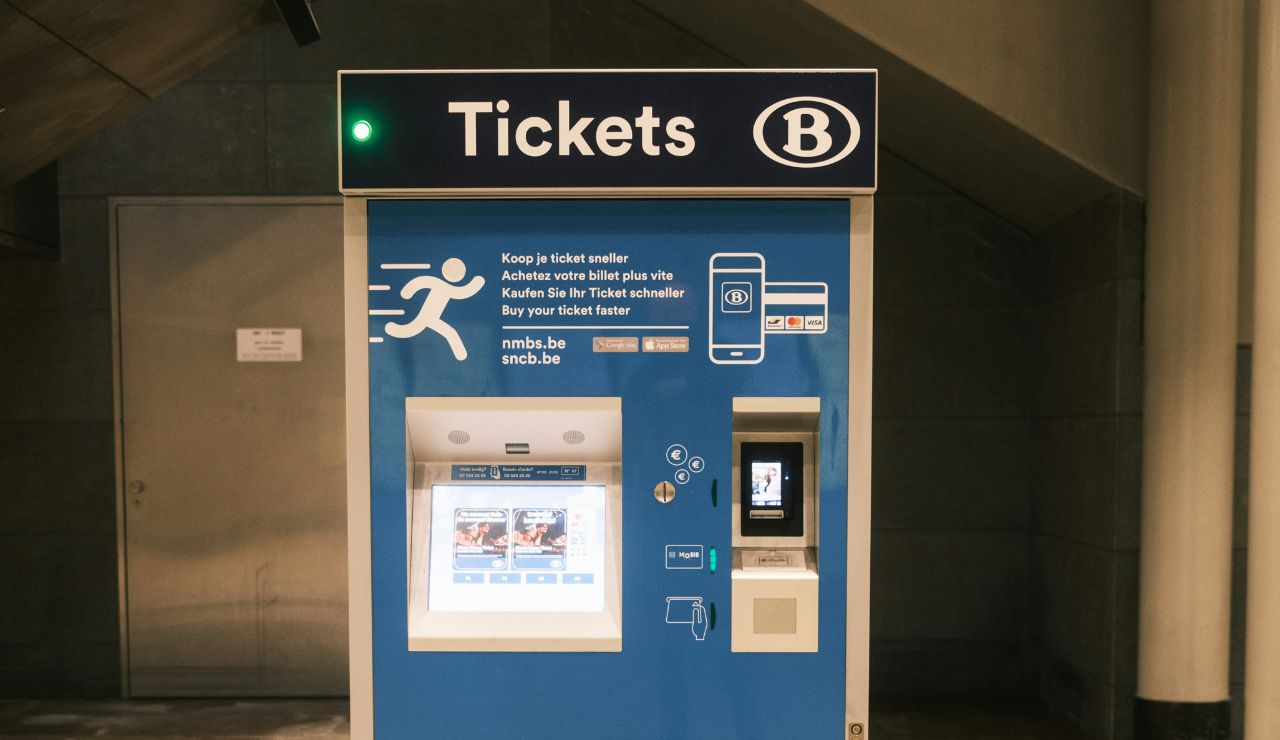
Italy’s trains are popular year-round, but during peak travel seasons like summer, weekends, and national holidays, they can sell out quickly. Waiting until the last minute might leave you with no seat, higher fares, or even no availability on the train you want. Booking your ticket a day or two in advance not only guarantees you a spot but often unlocks discounted fares, especially on high-speed routes like Rome to Florence or Milan to Venice. Planning ahead gives you more flexibility, better prices, and a more relaxed travel experience without the stress of last-minute scrambling.
6. Don’t Confuse Regional Trains With High-Speed Ones

Italy offers a mix of train types, and it’s easy to confuse the slower regional trains with the sleek high-speed options. Regional trains are more affordable and make frequent stops, but they can take significantly longer to reach your destination. They’re ideal for short distances or exploring smaller towns, but not great if you’re in a hurry. Be sure to double-check the type of train, travel duration, and number of stops before booking. What looks like a quick trip from Rome to Naples might turn into a three-hour haul if you accidentally choose a regional instead of a Frecciarossa.
7. Don’t Ignore Strike Schedules (Sciopero)
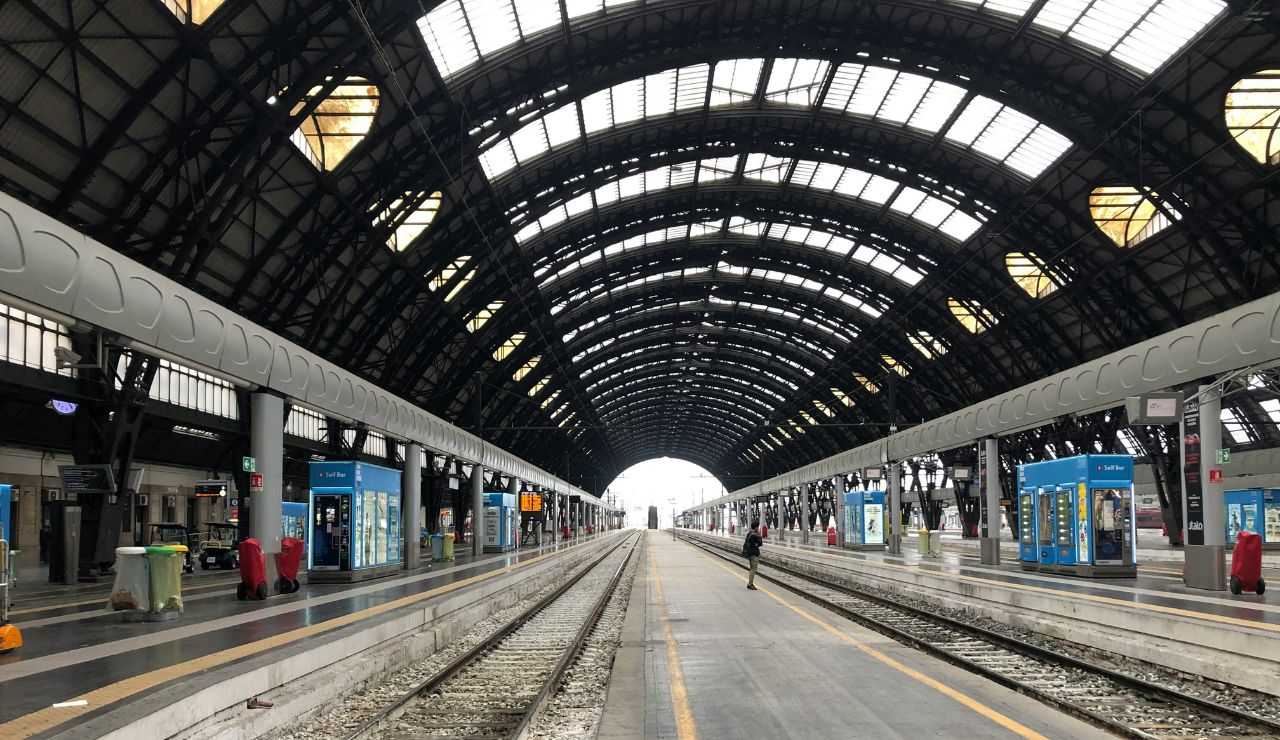
Transport strikes called scioperi are fairly common in Italy and can affect trains, buses, and even planes. While they’re usually announced in advance, they can still throw a wrench into your travel plans if you’re not paying attention. Strikes may lead to delays, cancellations, or reduced service, especially on regional routes. Always check Trenitalia or Italo’s official websites for alerts, and keep an eye on local news if you’re traveling during peak travel months. It’s smart to build in some buffer time and have a backup plan, whether that’s a later train or alternate transport.
8. Don’t Leave Valuables Unattended
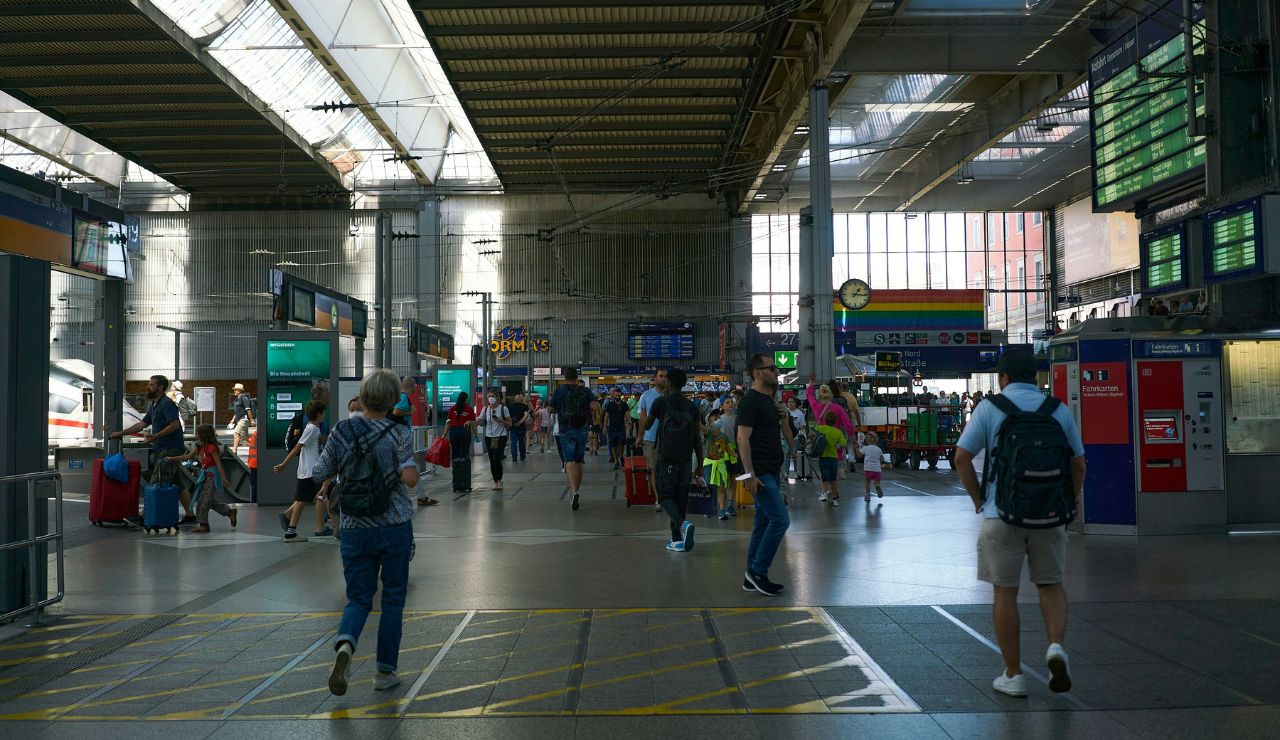
Petty theft is a real risk in Italy’s train stations, especially in large hubs like Rome Termini or Naples Centrale, and on slower or overnight regional trains. Thieves often target distracted tourists or bags left unattended, even for a few seconds. Always keep your bags zipped and within reach, preferably on your lap or between your feet. Use a crossbody bag or money belt for essentials like passports, credit cards, and cash. Avoid placing valuables on overhead racks where they’re out of sight. Staying alert and organized can make all the difference in keeping your tour stress-free.
9. Don’t Expect Dining Cars on Short Trips
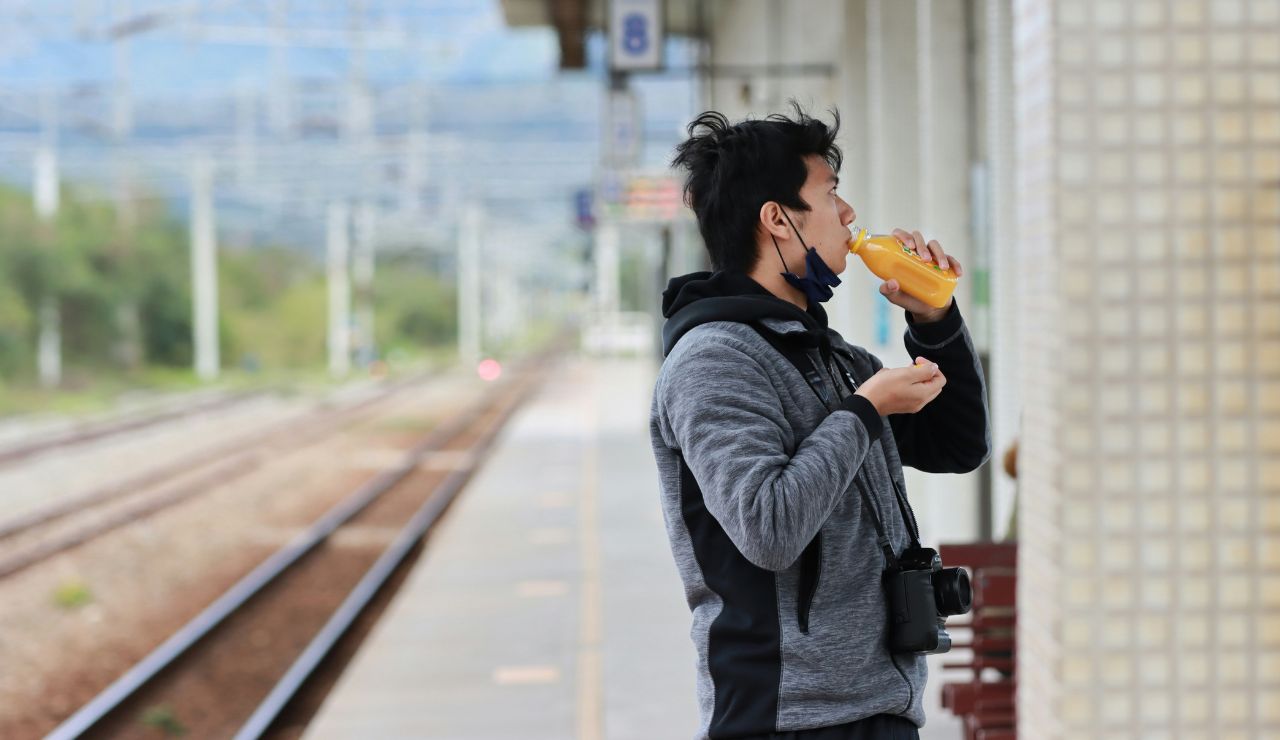
If you’re taking a high-speed train like Frecciarossa or Italo, you’ll often find a café car or at-seat service offering espresso, sandwiches, and snacks. But most regional trains especially those covering short to mid-range routes, don’t have any food or drink options onboard. That means no vending machines, no trolleys, and no water. If you’re planning a ride longer than an hour or traveling around meal times, be sure to stock up at the station before departure. Many stations have bakeries, delis, or kiosks nearby where you can grab a panino, fruit, or bottled water to keep you going.
10. Don’t Overpack, Luggage Space Is Limited
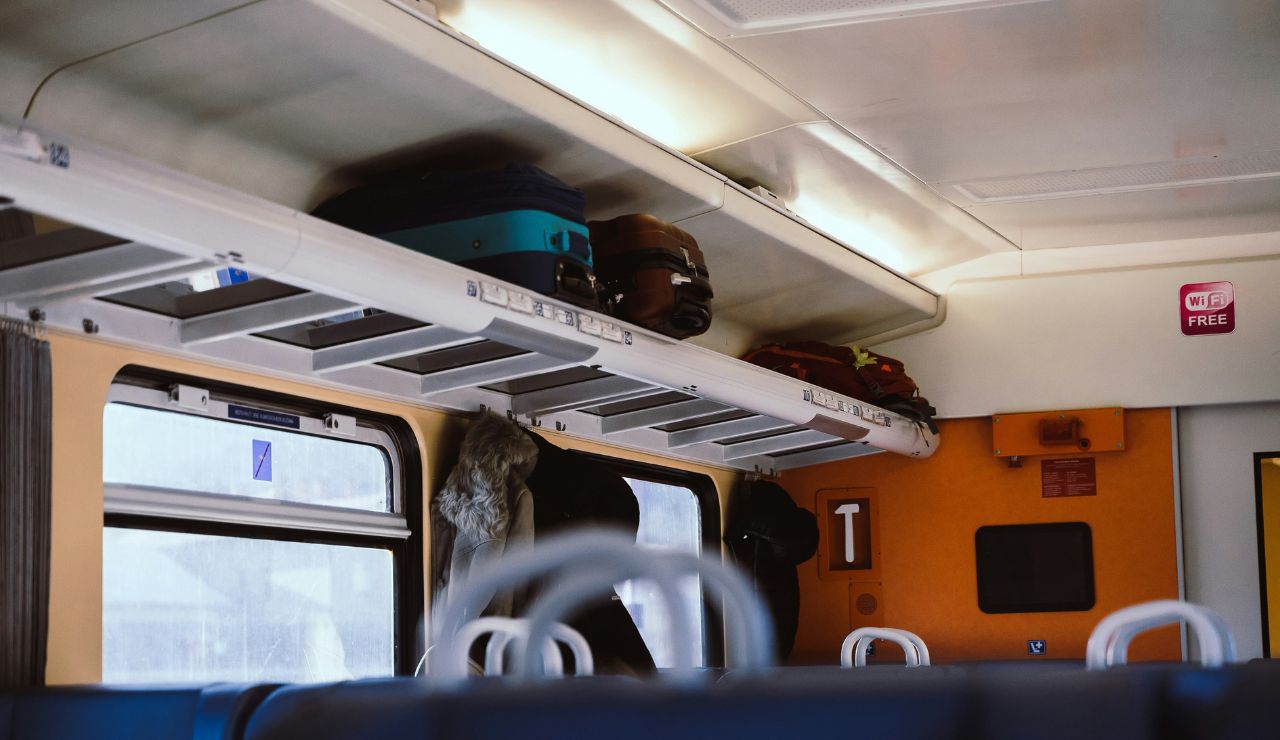
Luggage space on Italian trains is surprisingly limited, especially on regional routes. Overhead racks are narrow and best suited for backpacks or small duffels, while larger suitcases must be stored at the ends of the carriage often unsecured and in high demand. Overpacking can slow you down, block aisles, or lead to awkward shuffling in tight spaces. If you’re boarding at a busy stop, you may have just seconds to lift your bag and find space. A medium-size roller or travel backpack is much more manageable. Traveling light makes boarding smoother, faster, and far less stressful.
11. Don’t Miss Smaller Scenic Routes for the Big Names

Yes, routes like Rome to Florence or Milan to Venice are popular for a reason but Italy’s rail network is packed with lesser-known lines that offer stunning scenery and a more relaxed pace. Don’t overlook the coastal ride through Cinque Terre, where pastel villages cling to cliffs above the sea, or the winding tracks through Tuscany, where vineyards and hilltop towns glide past your window. Smaller scenic routes like Naples to Sorrento or Bolzano to Merano can be equally breathtaking.